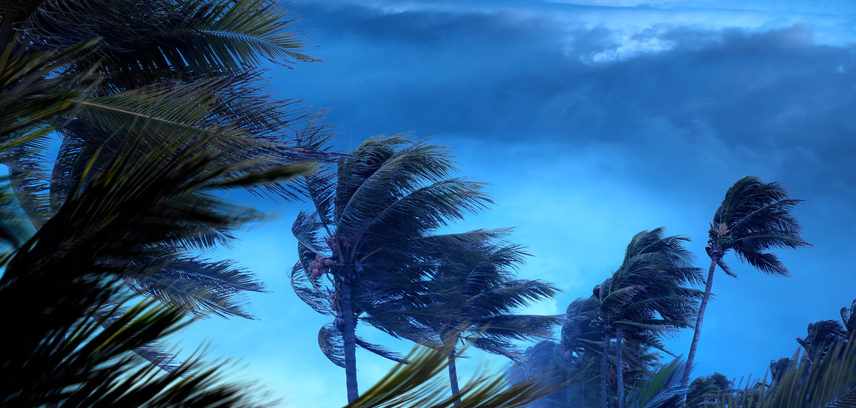Already an Outlier for Its November Arrival, Nicole Rare in Other Ways
Hurricane Nicole’s transformation from a subtropical storm to a hurricane marked an intriguing feature of an already rare system.
According to National Oceanic and Atmospheric Administration’s historical hurricane tracks database, Nicole was only the second hurricane formed Nov. 1 or later to hit Florida. The last one was Kate, which hit the Florida Panhandle as a Category 2 in 1985.
Even if it had remained a tropical storm, Ian would have been rare: only nine recorded storms formed Nov. 1 or later have hit the Sunshine State. Overall, 17 storms have impacted Florida in November dating back to 1852.
When combined, the North Pacific and North Atlantic have produced 48 storms (including 19 hurricanes) that have impacted the United States and its territories in November prior to Nicole. Of those, 33 storms formed November 1 or later – 13 of which were hurricanes.
Steven Lazarus, a meteorologist and ocean engineering and marine sciences professor, was a student at Florida State when Hurricane Kate hit. Looking at Nicole, Lazarus noted unusual elements to the storm, such as its location. Most storms in this area of the Atlantic and at this time of year originate from the northwest or central Caribbean and often move northeast. Instead, Nicole moved southwest and west for a period more typical of something that happens in the middle of hurricane season.
“It’s pretty rare at any case, having a storm move from the northeast to the southwest,” Lazarus said. “If you think about that, it’s the usually the opposite.”
A factor into Nicole’s atypical pattern was a strong high-pressure ridge and clockwise circulation that helped steer the storm in a southwest direction toward Florida. The warm ridge has been a persistent feature this past fall, producing relatively low wind shear which, in concert with the warm water temperatures, produced a favorable environment for tropical cyclone formation.
There tend to be favored regions for tropical cyclone formation, but it depends on when they form. For example, storms that develop off the African coast in the far eastern Atlantic occur most often during August and September.
“We call them Cape Verde storms,” Lazarus said. “Most people know about these things. But as you leave September, which is the peak of the hurricane season, the development regions tend to shift to the central or western Caribbean where there’s still low shear and high oceanic heat content. The warmest part of the Atlantic basin is in that region of the northwestern Caribbean Sea. It’s the deepest and warmest water.”
The upper level wind patterns were also a factor in Nicole’s movement. Because the mid-latitude westerlies are generally closer to the equator this time of year, storms that gain latitude will quickly curve toward the northeast. However the high-pressure ridge actually moved Nicole westward, closer to the state.
The high temperatures that have affected the entire U.S. East Coast this month are symptomatic of the ridge.
“For a storm that forms east of our area in the middle of August, it wouldn’t be unusual that it has a westward motion,” Lazarus said. “The fact that it has a westward motion this late in the season, it suggests basically we are very much in a warm weather pattern.”





